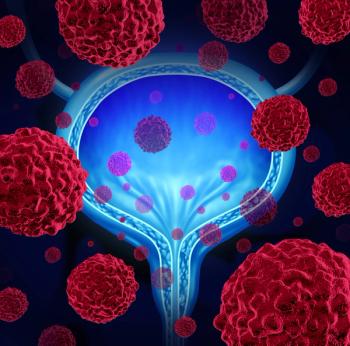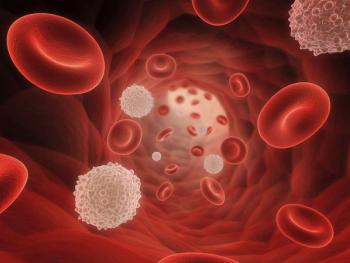
- ONCOLOGY Vol 14 No 2
- Volume 14
- Issue 2
UICC International Union Against Cancer Familial Cancer and Prevention
At the beginning of the 1997 International Union AgainstCancer (UICC) conference in Kobe, Japan, the speakers invoked Buddhist imagery to inspire the audience to embrace cancer genetics in the “battle” against “the enemy.” Asura, a figure with
At the beginning of the 1997 International Union AgainstCancer (UICC) conference in Kobe, Japan, the speakers invoked Buddhist imagery to inspire the audience to embrace cancer genetics in the “battle” against “the enemy.” Asura, a figure with three pairs of arms, was depicted as the symbol of the ethical, legal, psychological, and social issues surrounding cancer genetics, as well as the preventive- and testing-related issues.
In the preface of UICC International Union Against Cancer Familial Cancer and Prevention, editors Joji Utsunomiya, John J. Mulvihill, and Walter Weber “launch the UICC strategy of controlling cancer through genetics.” The result is a 559-page collection of papers on cancer genetics and counseling that will provide a useful resource for professionals working in this area.
The range of topics covered in this volume is very broad. The book is divided into three parts, including an overview, a section describing various clinical and counseling issues, and a selection of detailed reviews of specific cancer predisposition syndromes. The book assumes a basic level of knowledge of oncogenes, tumor-suppressor genes, and cancer epidemiology. It is therefore well suited to specialists working in these areas.
A short but excellent review by Hussain and Harris emphasizes that the current focus on relatively rare genetic mutations that markedly elevate the risk of cancer (eg, inherited p53 mutations) may be overshadowed by more common genetic risk factors that confer a much lower cancer risk. Therefore, the issue of cancer genetics is likely to impact much more widely on the practice of oncologists in the community.
Particular highlights of the book include an interesting perspective on nurse-operated cancer genetics clinics (chapter 17) that may be relevant for the large number of oncology nurses who could contribute to cancer genetics counseling in this country. There is also a fine review of genetic counseling (chapter 18) and a series of chapters detailing current concepts on dietary and other means of cancer prevention.
The second part of the book, which focuses on practical issues of logistics and counseling, will be of the greatest interest to oncologists who see families affected by colon, breast, ovarian, endocrine, and other hereditary cancers. However, because the UICC conference took place in 1997, it is understandable that some of the material in the syndrome-specific chapters already needs updating.
Overall, however, this multidisciplinary collection constitutes an important new reference in this area. It touches on all of the critical aspects that will be needed to utilize our emerging knowledge of cancer genetics as an important new tool in cancer control.
Editors: Joji Utsunomiya, MD, John J. Mulvihill, MD, and Walter Weber, MD
Publisher: Wiley-Liss, New York, New York
Price: $199.95
Pages: 559, 55 illustrations
Articles in this issue
almost 26 years ago
Damage Control on Pain Controlalmost 26 years ago
IOM Committee Endorses Medicare Reimbursement for Clinical Trialsalmost 26 years ago
FDA Approves Docetaxel for Advanced NSCLCalmost 26 years ago
C. Everett Koop Initiates Online Clinical Trials Info Center for Patientsalmost 26 years ago
Major Advance in Treating Relapsed Childhood Leukemiaalmost 26 years ago
Licorice Root Extract Shows Antitumor Activityalmost 26 years ago
Immediate Hormonal Therapy vs Observation in Node-Positive Prostate CancerNewsletter
Stay up to date on recent advances in the multidisciplinary approach to cancer.


















































































